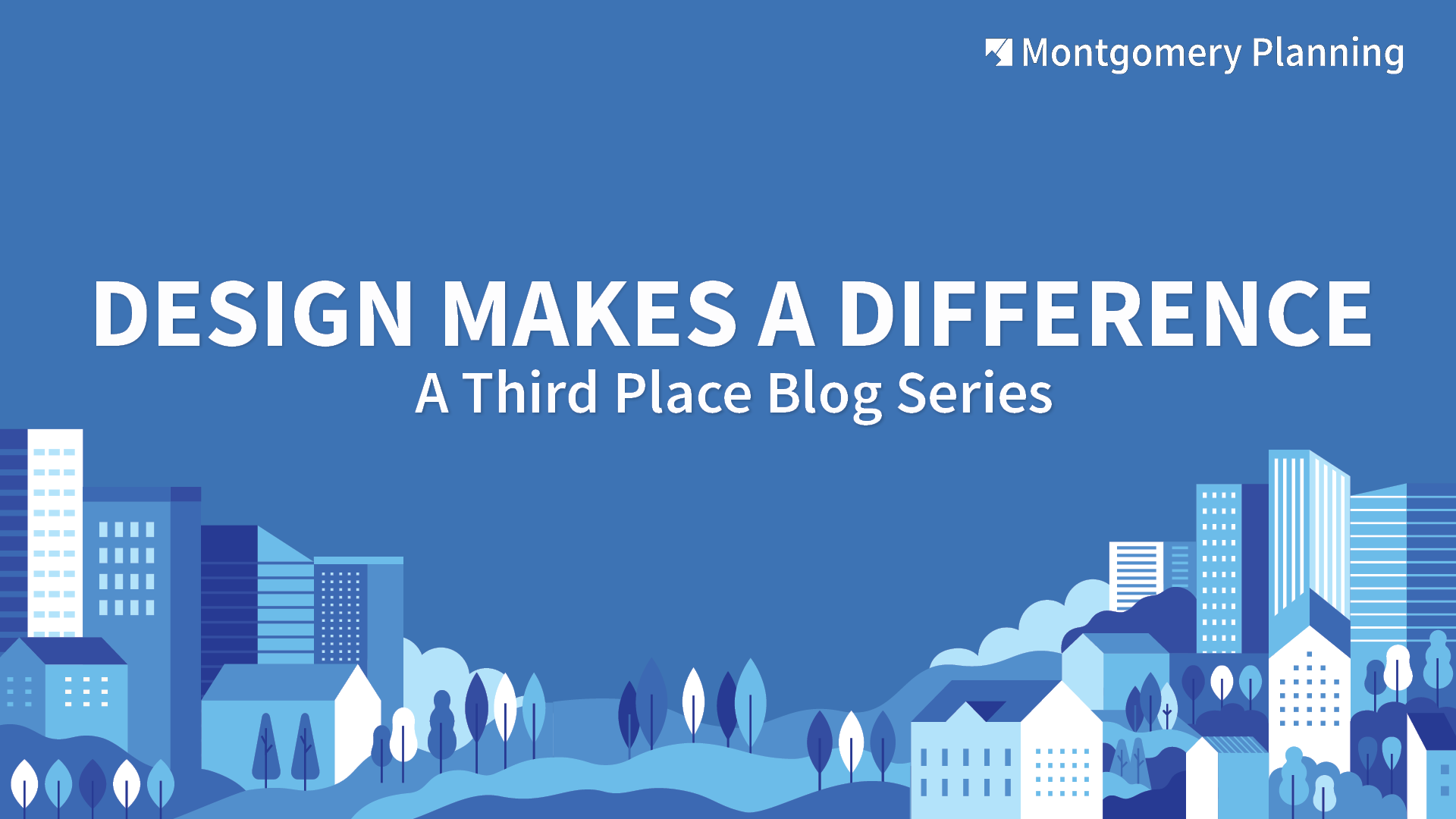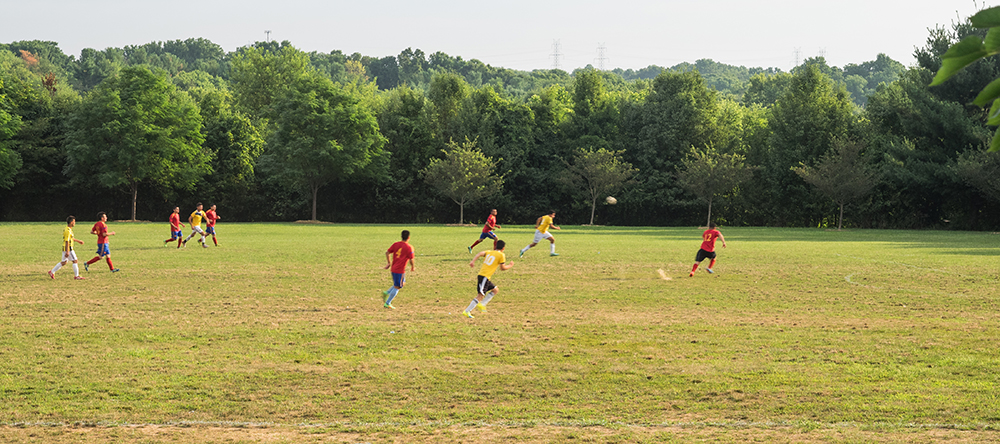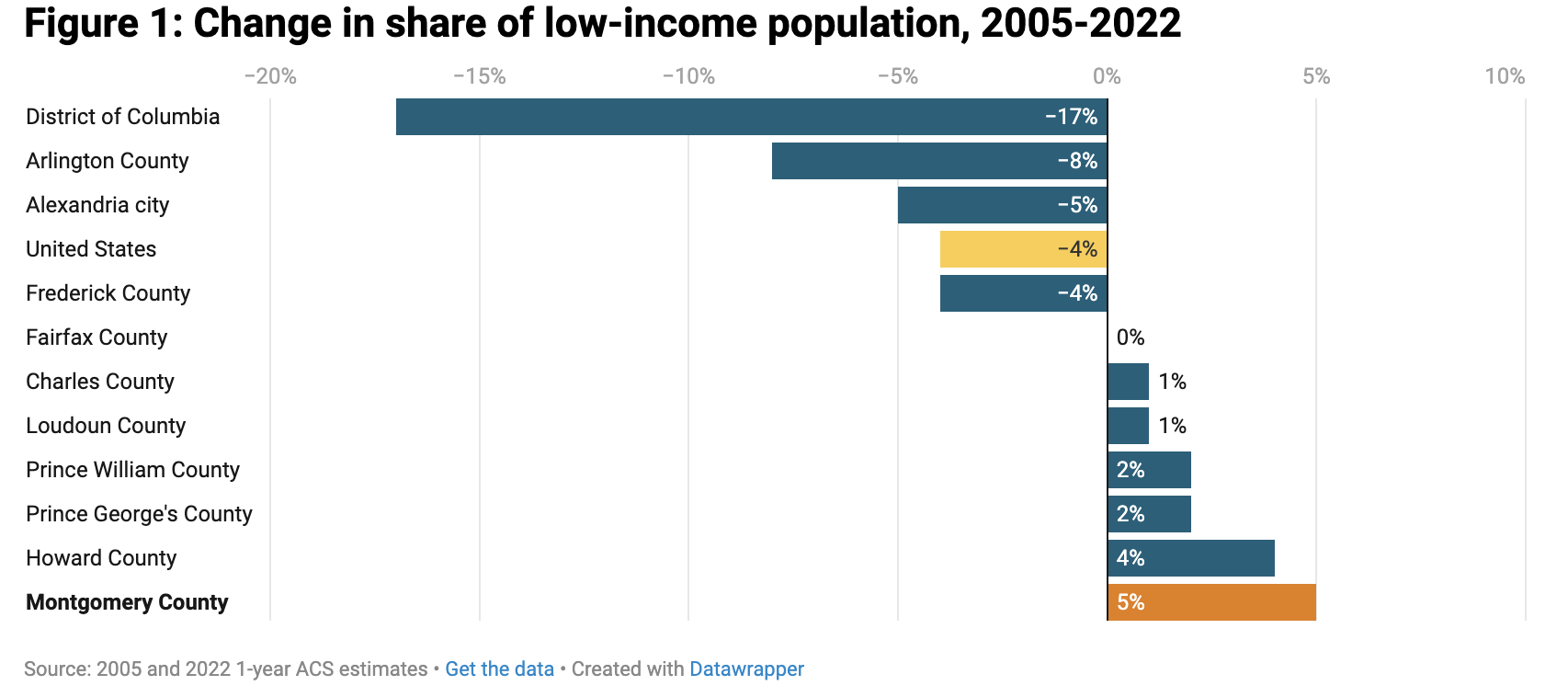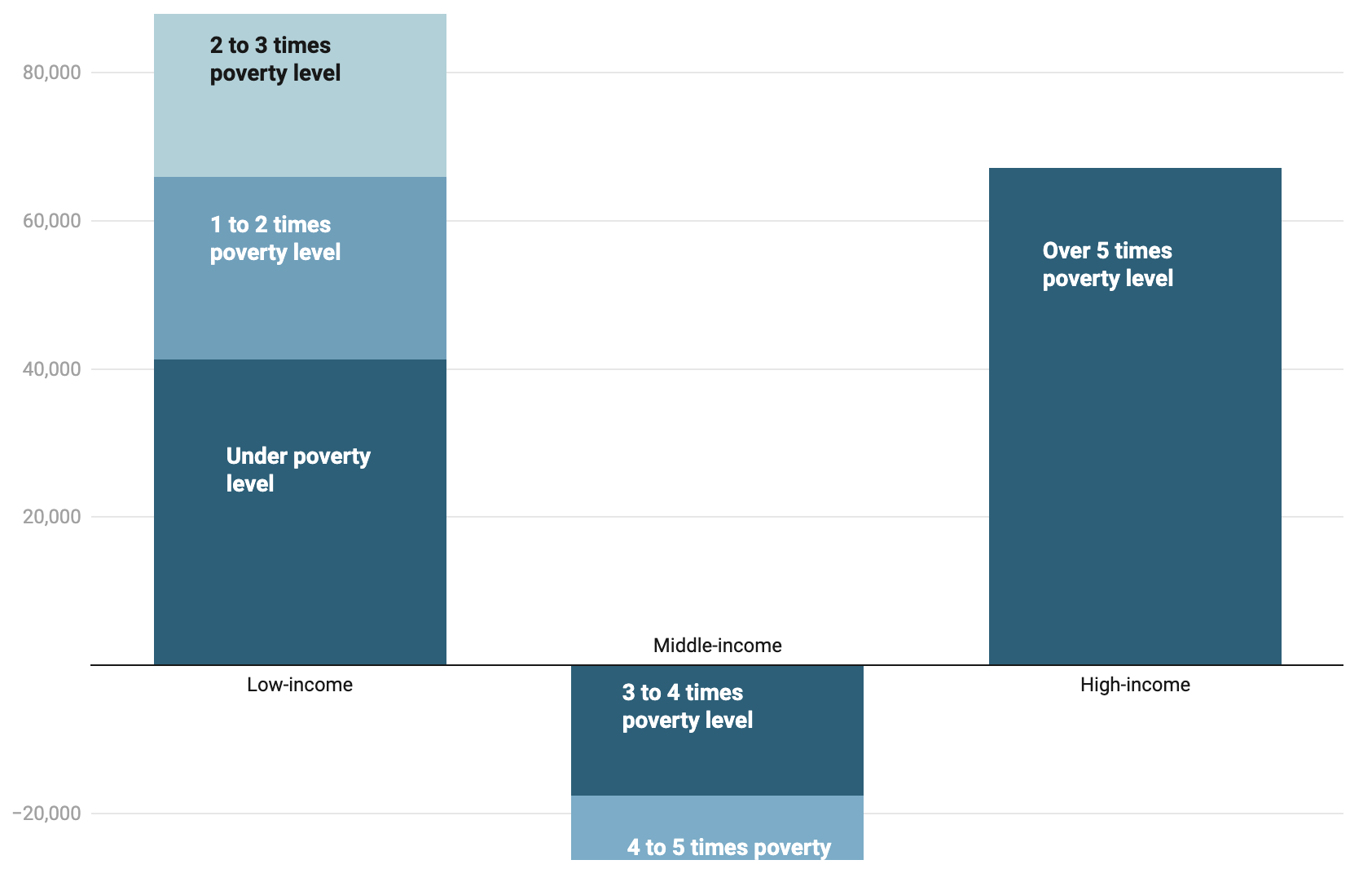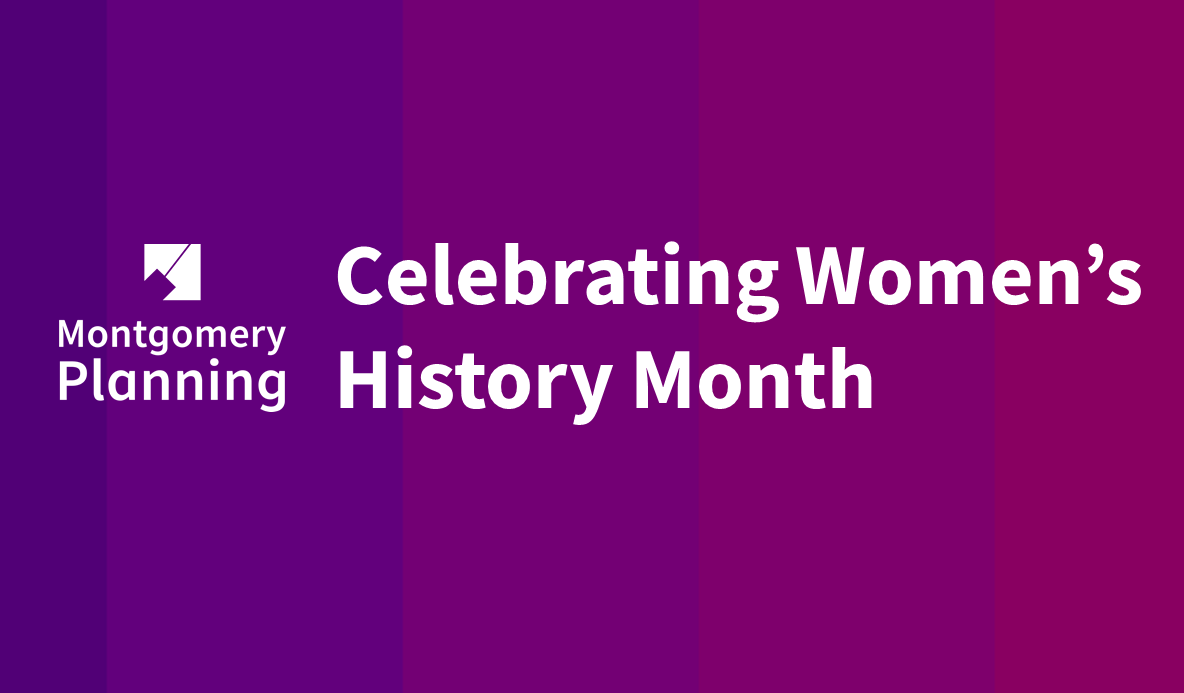
By Bridget Broullire, Acting Deputy Director
Community feedback is foundational to developing successful, sustainable plans. Combined with internal and external expertise and data sources, community feedback significantly informs our planning recommendations. However, stakeholder input has sometimes historically flowed from just a small portion of the community with the time and resources to participate in the process. That often led to communities of color, non-native English speakers, low-income residents, and others being excluded or marginalized from having their voices heard in community planning.
Montgomery Planning’s updated approach leverages a more equitable, transparent, and effective community outreach and engagement process to reverse historical trends and make it easy for all residents, business owners, property owners and leaders to understand and … Continue reading
